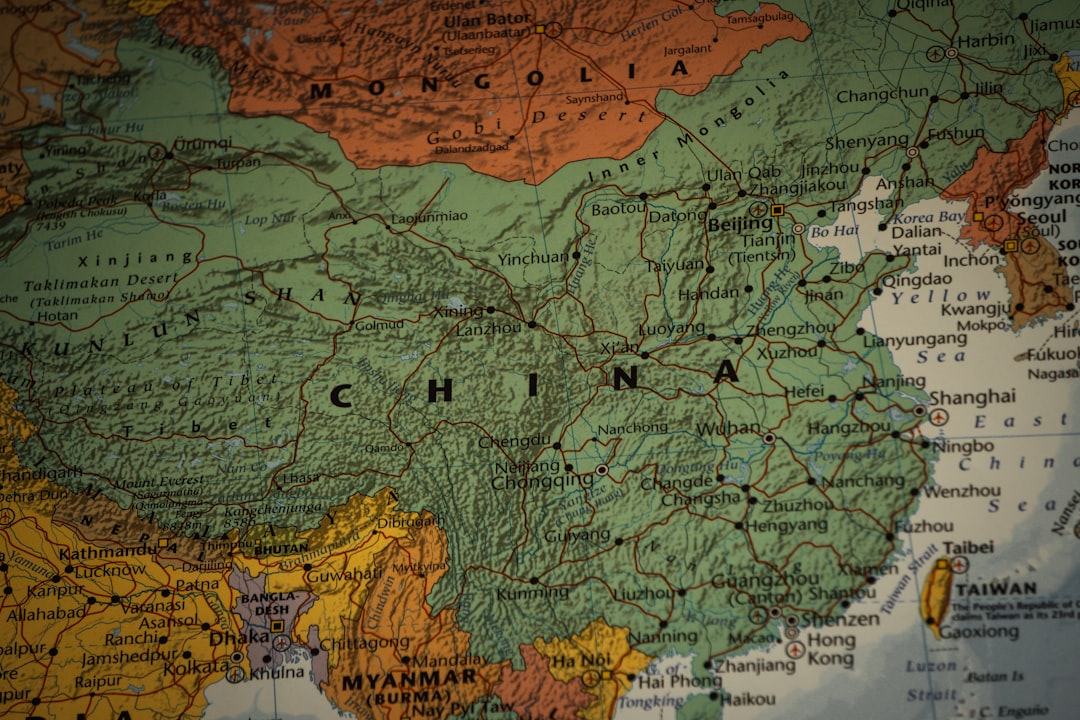China: An Expansive Overview of the World’s Most Populous Country
Introduction
China, officially known as the People's Republic of China (PRC), is a vast nation with a history stretching back thousands of years. Its influence on world affairs, culture, technology, and the global economy is profound. As the third-largest country by area and home to more than 1.4 billion people, China is a land of immense diversity and complexity.
Geography and Demographics
China is located in East Asia and shares borders with 14 countries—the most of any nation, tying with Russia. Its landscape ranges from towering mountains and deserts to verdant river valleys and densely populated coastal cities.
| Category | Data |
|---|---|
| Total Area | 9,596,961 sq. km (3,705,407 sq. mi.) |
| Population (2024) | ~1.41 billion |
| Official Language | Mandarin Chinese (Putonghua) |
| Capital City | Beijing |
| Major Cities | Shanghai, Guangzhou, Shenzhen, Chengdu, Chongqing |
| Ethnic Groups | Han (92%), Zhuang, Hui, Manchu, Uyghur, Miao, and others |
Major Geographical Features
- Mount Everest (Qomolangma): The world’s highest peak sits on the China-Nepal border.
- Gobi Desert: One of the largest deserts in Asia.
- Yangtze River: The world’s third-longest river.
- Himalayas & Tibetan Plateau: Known as the "Roof of the World."
Historical Background
China’s civilization is among the oldest, with archaeological evidence tracing back to the Neolithic era. The country has been unified and divided multiple times, experiencing epochs such as Imperial dynasties, foreign invasions, civil unrest, and revolutionary change.
Historic Eras
| Era or Dynasty | Timeline | Significance |
|---|---|---|
| Shang Dynasty | 1600–1046 BCE | Earliest recorded Chinese dynasty |
| Qin Dynasty | 221–206 BCE | First emperor, Great Wall construction |
| Han Dynasty | 206 BCE–220 CE | Silk Road, golden age of culture |
| Tang and Song Dynasties | 618–1279 CE | Artistic, cultural, technological advances |
| Yuan Dynasty | 1271–1368 CE | Mongol rule, globalization era |
| Ming Dynasty | 1368–1644 CE | Expansion, Great Wall rebuilt, literature |
| Qing Dynasty | 1644–1911 CE | Last imperial dynasty, territory expansion |
| Republic Period | 1912–1949 CE | Warlordism, Japanese invasion, civil war |
| People’s Republic | 1949–present | Communist rule, modernization |
Government and Political System
China is a one-party socialist state led by the Communist Party of China (CPC). The country is governed by the National People's Congress, with Xi Jinping as the current president and paramount leader.
Political Structure
| Position | Current (2024) Holder | Description |
|---|---|---|
| President | Xi Jinping | Head of state |
| Premier of State Council | Li Qiang | Head of government |
| National People’s Congress | Zhao Leji (Chairman) | Top legislative body |
| Chinese Communist Party | Xi Jinping (General Secretary) | Highest authority in China |
Economy
China has witnessed unprecedented economic growth since reforms beginning in 1978. It is now the world’s second-largest economy, a manufacturing powerhouse, and a leader in technology.
Key Economic Indicators (2024 estimates)
| Indicator | Data |
|---|---|
| GDP (nominal) | ~$18.53 trillion USD |
| GDP Growth Rate | ~5.2% |
| Major Industries | Manufacturing, electronics, automobiles, textiles, e-commerce, technology |
| Currency | Renminbi (Yuan, CNY) |
| Exports | ~$3.6 trillion USD |
| Imports | ~$2.7 trillion USD |
Economic Development
- Special Economic Zones (SEZs): Initiated in Shenzhen, these sparked rapid industrialization and international investment.
- Made in China 2025: Plan to become a leader in high-tech industries.
- Belt and Road Initiative (BRI): Massive infrastructure and investment program spanning Asia, Africa, and Europe.
Science, Innovation, and Technology
China is investing heavily in cutting-edge fields such as AI, quantum computing, renewable energy, and space exploration.
| Field | Notable Achievements |
|---|---|
| Space | Chang’e Moon missions, Tiangong Space Station |
| High-Speed Rail | World’s largest network (over 40,000 km) |
| Renewable Energy | Leading producer of solar panels, wind turbines |
| Telecommunications | 5G rollout, giants like Huawei, ZTE |
Society and Culture
Languages and Religion
- Languages: While Mandarin is official, hundreds of local languages and dialects are spoken.
- Religions: Atheism is officially promoted, but Buddhism, Taoism, Islam, Christianity, and traditional beliefs are practiced.
Cuisine
Chinese cuisine is celebrated worldwide for its variety and flavors, including Sichuan (spicy), Cantonese (dim sum), and more.
Festivals
- Chinese New Year: The most important celebration.
- Mid-Autumn Festival: Marked by mooncakes and family reunions.
- Dragon Boat Festival: Famous for boat races and zongzi (rice dumplings).
Challenges
Despite remarkable progress, China faces significant challenges:
| Challenge | Issues |
|---|---|
| Aging Population | Shrinking workforce, rising elderly care costs |
| Environmental Concerns | Air and water pollution, carbon emissions |
| Urban-Rural Disparity | Income inequality, rural underdevelopment |
| Human Rights Critics | Censorship, surveillance, treatment of minorities |
| International Relations | Trade tensions, South China Sea disputes |
China and the World
China is an influential member of the United Nations, G20, BRICS, and SCO, and wields increasing diplomatic, cultural, and military influence globally.
Trade Relationships
| Top Trade Partners (2023) | Exports (%) | Imports (%) |
|---|---|---|
| United States | 17% | 7% |
| European Union | 16% | 13% |
| ASEAN | 15% | 14% |
| Japan | 5% | 8% |
| South Korea | 4% | 8% |
Conclusion
China’s journey from ancient civilization to a modern superpower is a story of resilience, adaptability, and ambition. As it continues to evolve, its profound impact will shape the trajectory of the 21st century and beyond.
References
- National Bureau of Statistics of China
- World Bank Data on China
- CIA World Factbook: China
- UNESCO World Heritage (Sites in China)
- Academic research and historic chronicles
Note: All data are approximate and reflect the best available information as of June 2024.
